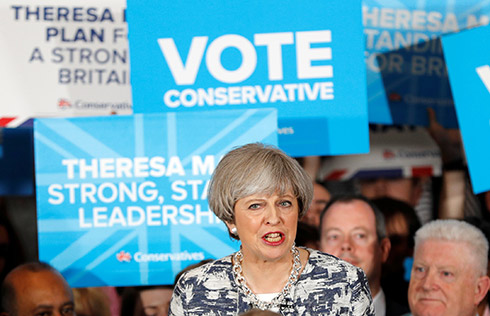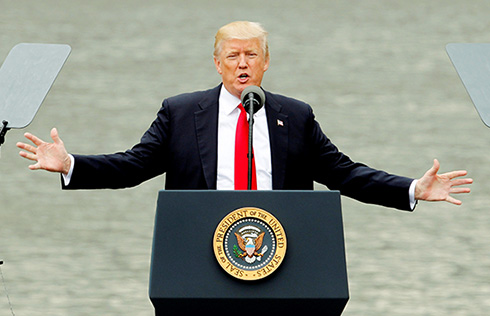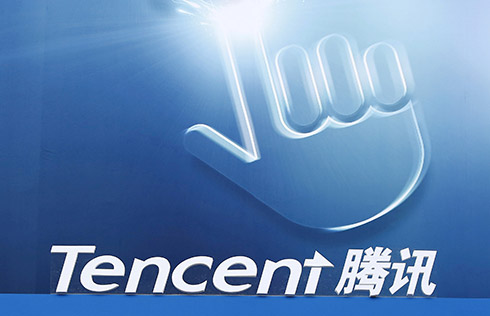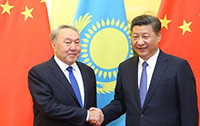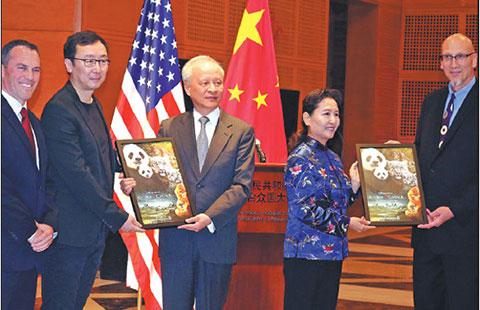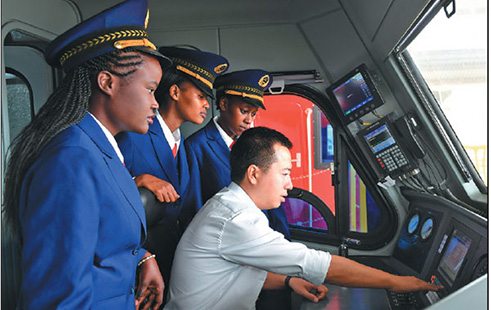Finding an effective way to reduce risks
The publicprivate partnership (PPP) model will play a key role in the export of industrial overcapacity to the economies participating in the Belt and Road Initiative, because it can cope with uncertainties associated with projects that usually take years to complete,according to the minister of China's top economic planning body.
"TheBeltandRoadInitiative has achieved better than expected results in helping countries to bridge the infrastructure gap. Still, China has room to improve its efficiency when it comes to financing longterm investment projects,"said He Lifeng, minister of the National Development and Reform Commission, at theChinaEnterprisesDevelopment Forumin January.
The NDRC plans to promote the PPP fundingmodel to support public infrastructure projects,He said. The model will help lower the risks and provide sustainable funds to longtermprojects.
Over the past three years,outbound investment to countries along the Belt and Road routes reached$50billion,during which most projects progressed quitewell,He said.
From 2016 to 2030, it is estimated the total funding needed for infrastructure development will be $26 trillioninAsianeconomies,where the public sector makes up 92 percent of total infrastructure investment, said Zhu Caihua,dean of the School of International Economics at China ForeignAffairsUniversity.
Zhou Muzhi, a professor of economics atTokyoKeizaiUniversity,said enterprises need to learn from their experiences,especially those related to construction projects that didn't perform well. Zhou was referring to some railway projects that were halted because of local governments' pessimistic outlook on future returns.
Zhou also said China could learn from the experiences of developed countries, whose officialdevelopment assistance provided major financial support during the early phase of investment. This will help"enterprises dilute the risks on a large scale in countries that they have little knowledge about", Zhou said.
Infrastructure projects worth 162.2 billion yuan ($23.5 billion) were signed between China and countries along the Belt and Road routes in 2016,includingthoseinconstruction projects forpowerengineering,housing and transportation,and petrochemical and communications engineering,according to data from Ministry of Commerce.
In this context, Zhang Xiaoqiang,vicechairman of the China Center for International Economic Exchanges, said the government can play a vital role in helping enterprises understand local rules and needs, so as to help themmake wise investment decisions.There is much room for improvement in foreign exchange management. But enterprises can learn more about local laws and customs by providing convenient services before making big investments in lessdeveloped economies.
wangyanfei@chinadaily.com.cn





